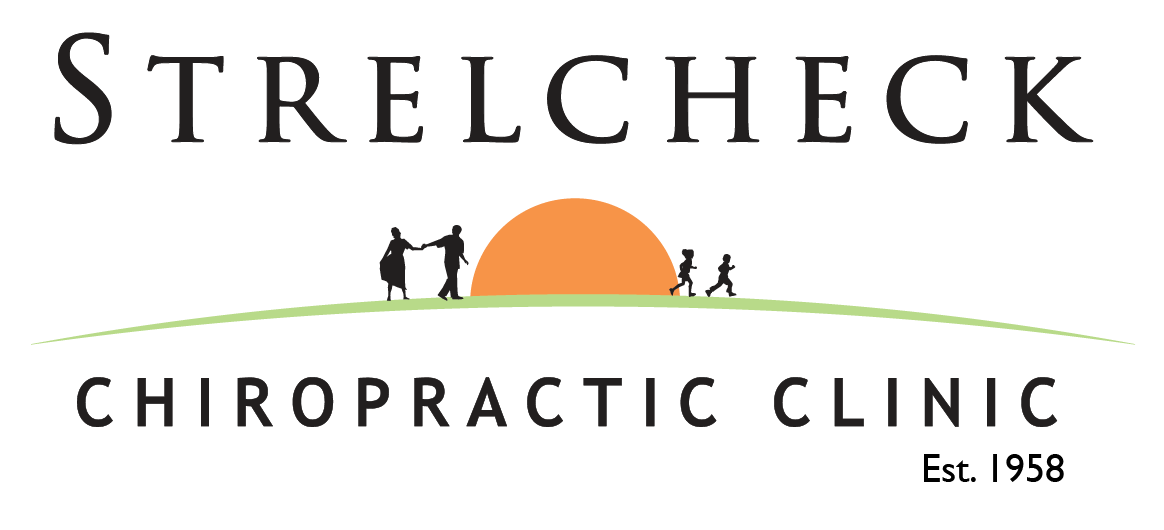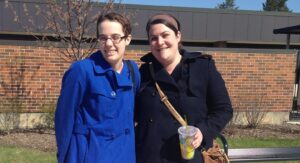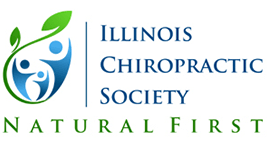Osteoarthritis, Avoid Getting Stuck
The normal aging process creates wear and tear on the tissues of the body, especially the joints. This process is called osteoarthritis. Arthritis is like rust on a door hinge. The hinges of a new door move free and easy, much like healthy joints. In time, as the hinges begin to rust, movement becomes restricted and slower. However, if cared for, the hinges can work well and the door will last for a very long time. Chiropractic has been shown to have an impact in alleviating pain associated with this degenerative process as well as restoring function, mobility and overall health to the joint and tissues involved. Symptoms & Pain Relief Osteoarthritis may cause pain and d crease range of motion. Additionally, the inflamed joint may feel hot and swollen. Inflammation is a reaction of bodily tissue to an injury or misalignment of vertebrae, which pain. This response accounts for the symptoms such as lower back pain that people endure of misaligned vertebrae. While the use of anti-inflammatory drugs can provide short-term relief from the pain associated with tissue inflammation, he drugs may impede the body’s natural process of repairing the affected area, delaying or even preventing effective healing. Reducing inflammation is essential to relieve pain as the first step of a comprehensive treatment plan. I typically prescribe noninvasive methods to reduce inflammation such as the application of ice, specialize massage, physical therapy, hydration, ultrasound or acupuncture. These are safe, comfortable and natural methods that don’t carry the side effects or risks associated with prescription drugs. How Chiropractic Maintains Or Restores Joint Mobility Bones not in alignment, especially in the vertebrae — the back — have a direct effect upon nerves, muscles, connective tissue and blood circulation. Joints, especially those in the spine, thrive upon their ability to move. If movement of a joint is compromised, makeup of the joint — muscle, ligament, blood supply — becomes adversely causing degeneration. Adjustment procedures may vary, but the chief goal of chiropractic care for arthritis is to use a process of continual adjustments of degenerative joints in order to maintain or restore movement of the affected area. This process is comparable to oiling the hinges of a door to help them function properly. As a joint regenerates, neural messages as well as blood supply flow into the previously affected area without the restrictions caused by degeneration. Long Term Effects Uncorrected misalignment of the vertebrae can cause other parts of the body to compensate in order to alleviate the pain caused by inflammation of the misaligned area. Limited physical activity, the inability to stand erect and walking with a moderate to pronounced stoop can become the body’s mechanism to cope with the pain. Further compensatory symptoms and physical characteristics can include the gradual limitation of movement of the hips, knees and shoulders along with local or referred pain and headaches. The bigger problem is that misalignments stay “stuck,” severely limiting the affected vertebrae’s range of motion. Over time, the affected joints begin to deteriorate due to lack of movement at their full range. This degeneration also applies to connective tissue, nerves and blood circulation to the affected area as well. Eventually the bone portions of the vertebral area will fuse, resulting in a complete lack of joint mobility. Chiropractic can alleviate these issues.






